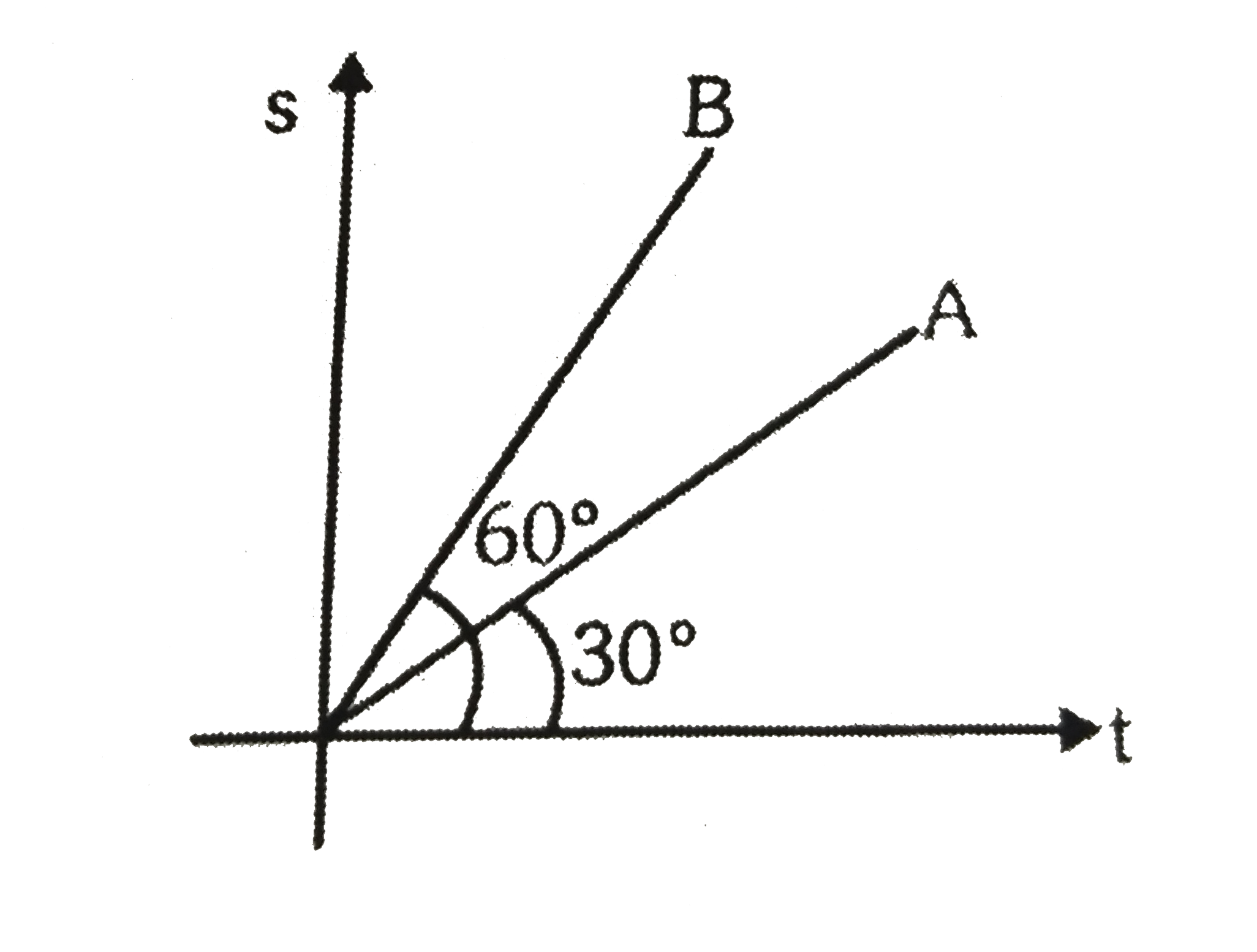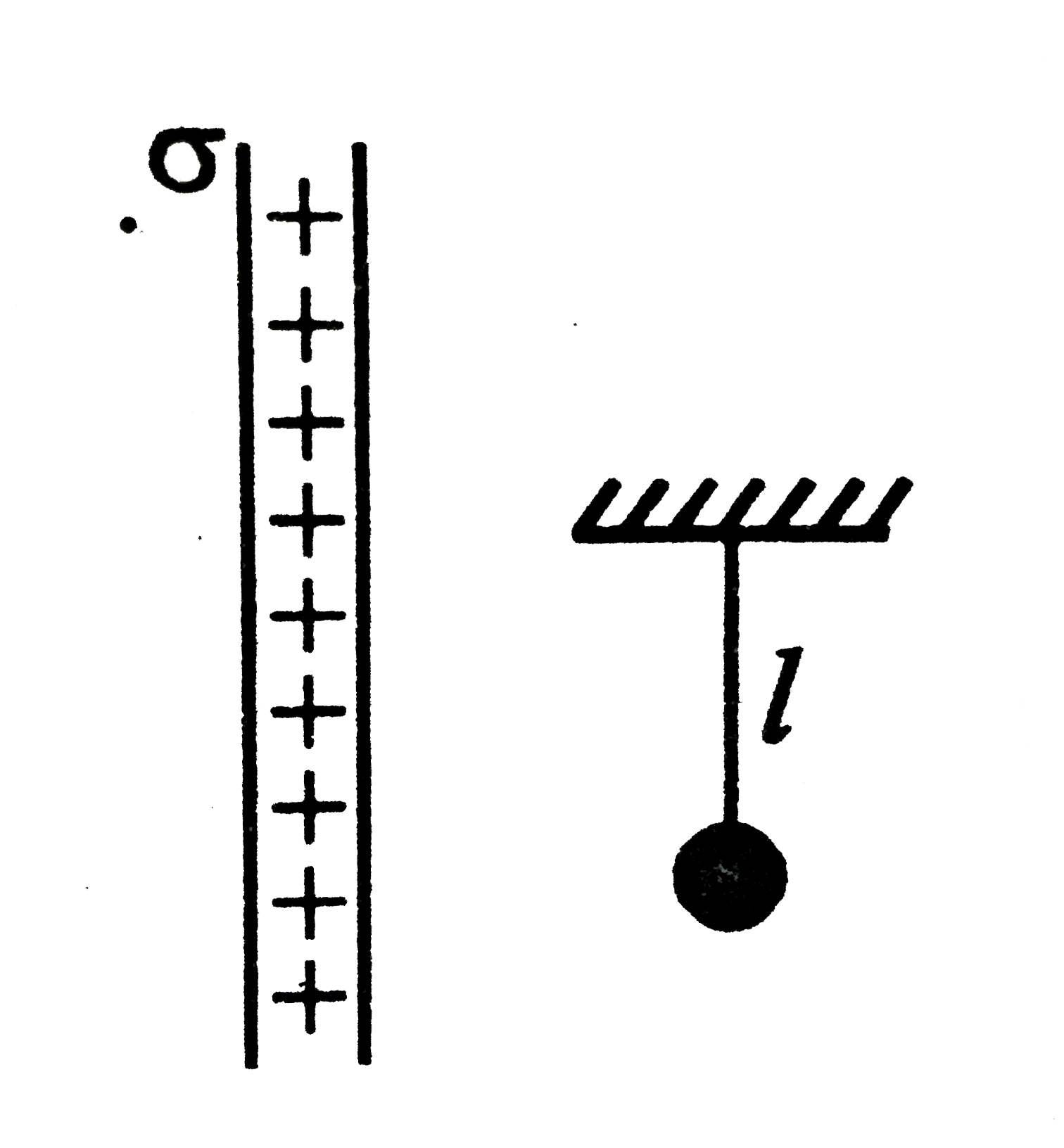A car moving aling a straight highway with speed of 126kmh−1 is brought to a stop within a distance of 200m. What is the retardation of the car (assumed uniform ) ans how doest it take fro the car to stop ?Solution in Gujrati
initial velocity u=126×518=35m/s,
s=200 m
From equation of motion v2=u2+2as
⇒0=(35)2+2a×200⇒a=−3.06m/s2
∴ retardation is 3.06 m/s2
v=u+at,0=35−3.06t
t=11.4sec.
Topper's Solved these Questions
- KINEMATICS (MOTION ALONG A STRAIGHT LINE AND MOTION IN A PLANE)BOOK - ALLEN CHAPTER - KINEMATICS (MOTION ALONG A STRAIGHT LINE AND MOTION IN A PLANE)EXERCISE - BEGINNER S BOX-5
5 Videos
- KINEMATICS (MOTION ALONG A STRAIGHT LINE AND MOTION IN A PLANE)BOOK - ALLEN CHAPTER - KINEMATICS (MOTION ALONG A STRAIGHT LINE AND MOTION IN A PLANE)EXERCISE - BEGINNER S BOX-6
9 Videos
- KINEMATICS (MOTION ALONG A STRAIGHT LINE AND MOTION IN A PLANE)BOOK - ALLEN CHAPTER - KINEMATICS (MOTION ALONG A STRAIGHT LINE AND MOTION IN A PLANE)EXERCISE - BEGINNER S BOX-3
2 Videos
- KINEMATICSBOOK - ALLEN CHAPTER - KINEMATICSEXERCISE - EXERCISE-2
89 Videos
- MISCELLANEOUSBOOK - ALLEN CHAPTER - MISCELLANEOUSEXERCISE - Question
1 Videos
Similar Questions
s-t graph of two particles A and B are shown in fig. Find the ratio of velocity of A to velocity of B.

View SolutionA particle is projected vertically upwards from ground with velocity 10 m/s. Find the time taken by it to reach at the highest point ?
View SolutionA particle is moving along a circuilar path of radius 5m. And with uniform speed 5 m/s. What will be the average acceleration when the particle completes half revolution:-
View SolutionA student performs an experiment to determine how the range of a ball depends on the velocity with which it is projected. The "range" is the distance between the points where the ball lends and from where it was projected, assuming it lands at the same height from which it was projected. It each trial, the student uses the same baseball, and launches it at the same angle. Table shows the experimental results.
∣∣ ∣ ∣ ∣ ∣ ∣∣TrailLaunch speed(m/s)Range(m)110822031.833070.7440122.5∣∣ ∣ ∣ ∣ ∣ ∣∣
Based on this data, the student then hypothesizes that the range, R, depends on the initial speed v0 according to the following equation : R=Cvn0, where C is a constant and n is another constant.
Based on this data, the best guess for the value of n is :-
View SolutionA simple pendulum of length l and bob mass m is hanging in front of a large nonconducting sheet having surface charge density σ. If suddenly a charge +q is given to the bob & it is released from the position shown in figure. Find the maximum angle through which the string is deflected from vertical .
 .
.
View SolutionA car moving along a straight highway with a speed of 72kmh−1 is brought to a stop within the distance of 100m. What is the retardation of the car and how long does it take for the car to stop ?
View SolutionA car moving aling a straight highway with speed of 126 km h^(-1) is brought to a stop within a distance of 200 m . What is the retardation of the car (assumed uniform ) ans how doest it take fro the car to stop ?
View SolutionA car moving along a straight highway with speed of 16 kmh^(-1) is brought to a stop within a distance of 200 m. What is the retardation of the car (assumed uniform), and how long does it take for the car to stop?
View SolutionA car moving along a straight highway with a speed of 126 kilometre per hour is brought to a stop within a distance of 200m. What is the retardation of the car (assumed uniform) and how long does it taken for the car to stop?
View SolutionA car moving along a straight highway with speed of 126 km h^(-1) is brought to a stop within a distance of 200 m. What is the retardation of the car (assumed uniform) and how long does it take for the car to stop ?
View SolutionA car moving along a straight highway with speed of 126kmh^(-1) is brought to a stop within a distance of 200 m. What is the retardation of the car (assumed uniform) and how long does it take for the car to stop?
View SolutionA car moving along a straight highway with speed of 126 km h^(-1) is brought to a stop within a distance of 200 m. What is the retardation of the car (assumed uniform), and how long does it take for the car to stop ?
View SolutionA car moving along a straight highway with speed of 126 km h^(-1) is brought to a stop within a distance of 200 m. What is the retardation of the car (assumed uniform), and how long does it take for the car to stop ?
View SolutionA car moving along a straight highway with speed of 126 km h^(-1) is brought to a stop within a distance of 200 m. What is the retardation of the car (assumed uniform), and how long does it take for the car to stop ?
View SolutionA car moving along a straight highway with speed of 126 km h^(-1) is brought to a stop within a distance of 200 m. What is the retardation of the car (assumed uniform), and how long does it take for the car to stop ?
View SolutionA car moving along a straight highway with speed of 126 km h^(-1) is brought to a stop within a distance of 200 m . What is the retardation of the car (assumed uniform) and how long does it take for the car to stop ?
View Solution
